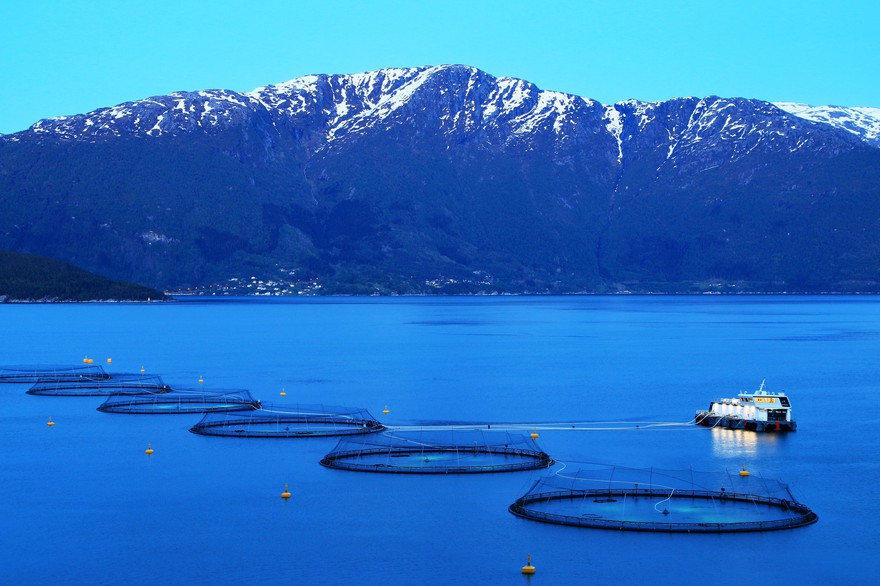Food is big business. After all, everybody needs to eat, and Americans spend more than $1 trillion a year on food from grocery stores and restaurants. For investors looking to get exposure to the food industry, there are many ways to do it. One way is through food exchange-traded funds (ETFs). There are restaurants, of course, but we won't be focusing on fast food or restaurant ETFs here.

ETF | Ticker | Total Assets | Expense Ratio | Description |
|---|---|---|---|---|
First Trust Nasdaq Food & Beverage ETF | $18.2 million | 0.6% | Tracks the Nasdaq U.S. Smart Food & Beverage Index | |
Invesco Dynamic Food & Beverage ETF | $104.7 million | 0.61% | Tracks the Dynamic Food & Beverage Intellidex, holding 30 U.S. food and beverage companies | |
VanEck Sustainable Agribusiness ETF | $602.8 million | 0.55% | Tracks the performance of the MVIS Global Agribusiness Index | |
iShares MSCI Agriculture Producers ETF | $90.4 million | 0.39% | Invests in companies engaged in the business of agriculture | |
Global X AgTech & Food Innovation ETF | $9 millon | 0.5% | Invests in companies that benefit from advances in the fields of agricultural technology and food innovation |
1. First Trust Nasdaq Food & Beverage ETF
As one of the larger food ETFs, First Trust Nasdaq Food & Beverage ETF is a good place to start if you're looking to invest across the food industry. The fund mostly focuses on packaged food companies but also offers exposure to agricultural suppliers.

NASDAQ: FTXG
Key Data Points
Of the 30 stocks it owns, its top three holdings are PepsiCo (PEP +0.04%), Mondelez International (MDLZ +0.87%), and Archer-Daniels-Midland. Those three stocks make up about a quarter of the fund, showing the company is a good bet for investors looking for safe dividend-paying stocks. The fund offered a dividend yield of 2.9% in late 2025.
2. Invesco Food & Beverage ETF
The Invesco Food & Beverage ETF offers a similar mix of companies as First Trust, making it another good choice for investors seeking broad exposure in the food and beverage industry. However, the largest holdings help separate it from the First Trust ETF.

NYSEMKT: PBJ
Key Data Points
5. Global X AgTech & Food Innovation ETF
Global X AgTech & Food Innovation ETF is another relatively new food ETF that started in 2021. It differentiates itself from its peers by investing a portion of the fund in Chinese companies, including Yuan Longping High-Tech Agriculture, which sells crop seeds and seedlings, and Cheng De Lolo, which makes healthy plant drinks and foods.
Are food ETFs right for you?
ETFs offer a convenient way for investors to get exposure to dozens of different stocks with just one investment. In the food industry, that covers a broad range of companies.
The ETFs discussed above offer investors access to safe consumer packaged goods (CPG) companies or more innovative growth in agriculture and plant-based foods. Given that range, almost any investor should be able to find a food ETF that meets their needs.
Although not all these funds will beat the market, you can rest assured that demand for food will continue, and that food production and distribution will remain big business with ample opportunities for investors in the years ahead. Here are three reasons they can be a smart choice for investors:
- Since food ETFs are primarily made up of consumer staples, they tend to be less volatile than the broad market.
- Food ETFs can be good sources of dividends, as many of their top holdings are proven dividend stocks, like Coca-Cola (KO +0.34%) and PepsiCo.
- It's a good way to get exposure to a range of food stocks, many of which are well-established companies and good bets to continue earning profits over the long term.























